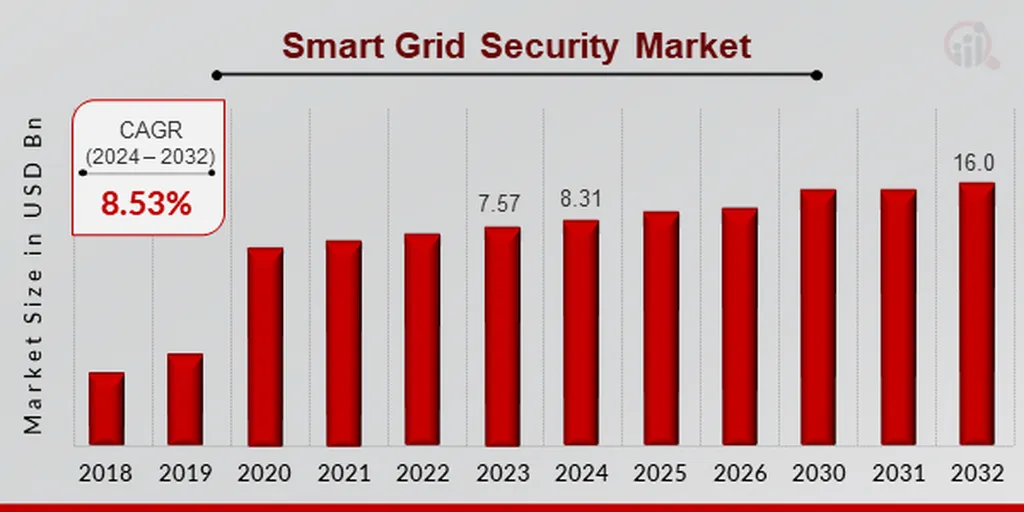In the rapidly evolving landscape of smart grids, where energy sustainability and efficiency are paramount, a new study sheds light on the critical need for robust security measures. Published in the journal *Array* (formerly known as “Array”), the research, led by Jing Guo of the State Grid Jiangsu Electric Power Co., Ltd. Research Institute in Nanjing, China, delves into the vulnerabilities of near-field communication (NFC) networks and devices within smart grids. The findings could have significant implications for the energy sector, particularly in safeguarding against emerging cyber threats.
Smart grids (SGs) have revolutionized power systems by integrating information and communication technologies, enabling real-time monitoring and enhancing overall efficiency. However, this integration has also introduced new security risks, especially for endpoint and edge devices like smart meters and inverters. “While earlier attacks focused on centralized systems, recent studies have shown that vulnerabilities on the consumer side are becoming increasingly prevalent,” Guo explains. This is particularly concerning in the context of MadIoT-style attacks, where high-wattage IoT devices are manipulated to destabilize power grids.
The study analyzes the attack surfaces of NFC protocols and devices within SGs, focusing on widely adopted public protocols. The research proposes several mitigation strategies, including a reverse engineering-based firmware emulation and execution method, a large language model-based protocol analysis approach, and a fuzzing-based malicious behavior simulation technique. These strategies aim to address the growing threats posed by NFC vulnerabilities.
One of the key findings of the study is the effectiveness of the proposed AFL-Netzob framework. In experiments, this framework discovered six vulnerabilities across three firmware samples and achieved up to a 2× improvement in fuzzing efficiency compared to Boofuzz. “Our results demonstrate the practical effectiveness and general applicability of our framework in real-world smart grid scenarios,” Guo notes.
The implications of this research are far-reaching for the energy sector. As smart grids become more prevalent, ensuring the security of NFC networks and devices is crucial for maintaining the reliability and stability of power systems. The proposed mitigation strategies offer a proactive approach to addressing these vulnerabilities, potentially preventing costly and disruptive cyber attacks.
Looking ahead, this research could shape future developments in the field by encouraging the adoption of more robust security measures. As Guo points out, “The integration of advanced technologies like large language models and fuzzing techniques can significantly enhance the security posture of smart grids.” This could lead to the development of more resilient and secure energy infrastructure, ultimately benefiting both energy providers and consumers.
In conclusion, the study by Jing Guo and colleagues highlights the critical need for enhanced security measures in smart grids. By addressing the vulnerabilities of NFC networks and devices, the energy sector can better protect against emerging cyber threats and ensure the reliability and stability of power systems. As the field continues to evolve, the insights gained from this research will be invaluable in shaping the future of smart grid security.

